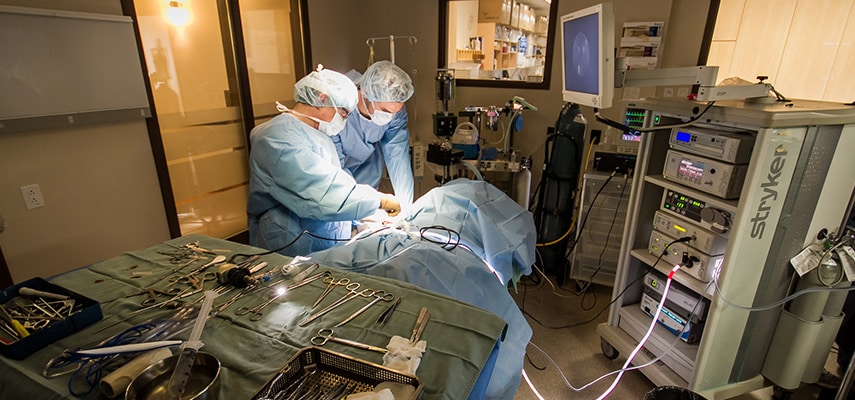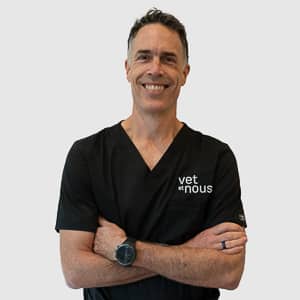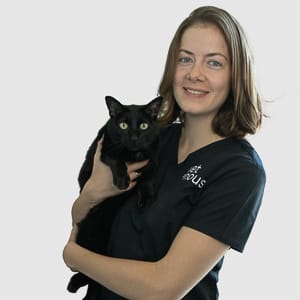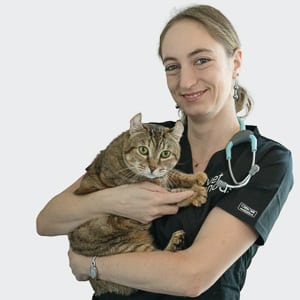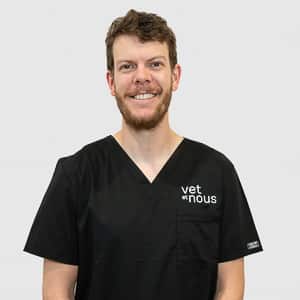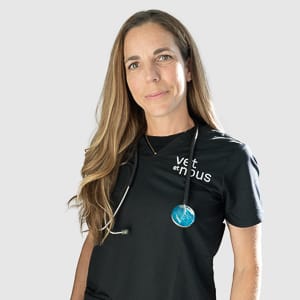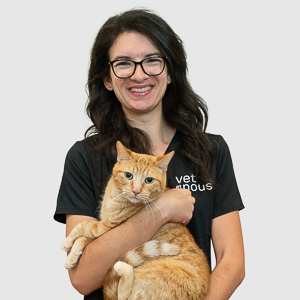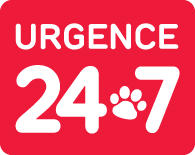
Why consult in specialized surgery?
Your pet should be seen by one of our surgical specialists when:
- The additional expertise of a surgeon is required for the treatment of your companion ;
- The diagnosis made by your general veterinarian is inconclusive and examination by a surgery specialist is necessary ;
- Your pet's condition is not improving
The specialist surgeon, in collaboration with your veterinarian, will always suggest the best solutions for your animal, whether it is a medical or a surgical treatment.
Available services:
Our surgeons are assisted by a team of competent surgery-trained technicians to provide the following services:
- Orthopedic surgery
- Intraoperative fluoroscopy
- Neurosurgery (Centres only)
- Oncology surgery
- Multimodal pain management
- Minimally invasive surgery (Centres only)
- Soft tissue surgery
- Surgery with CO2 laser (Centres only)
- Multimodal management of osteoarthritis
- Physical rehabilitation
Consult these links for more information
We are here for your companions!
Our department works in collaboration with an animal orthotics and prosthetics clinic. Consult our useful links section to learn more about their services.


